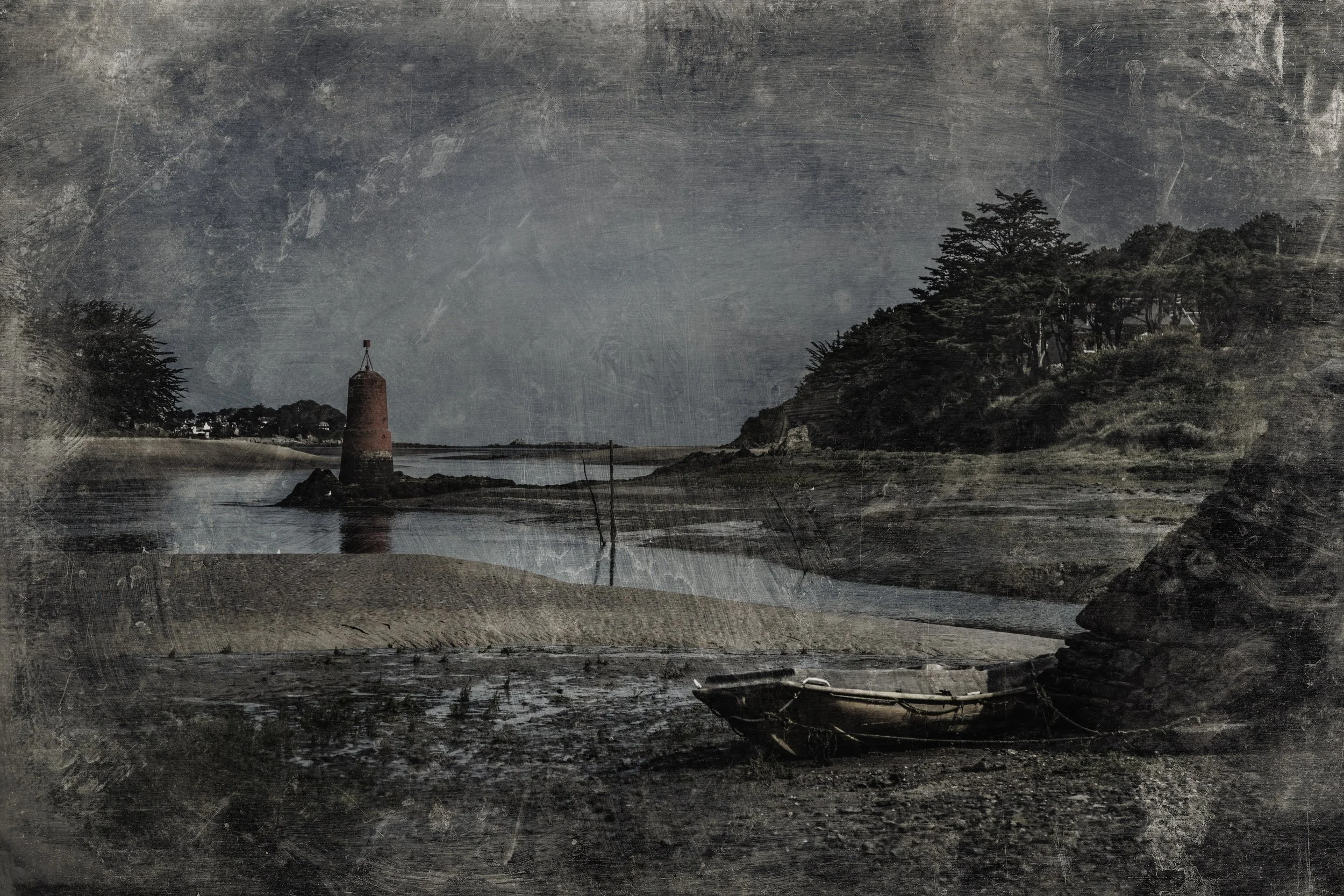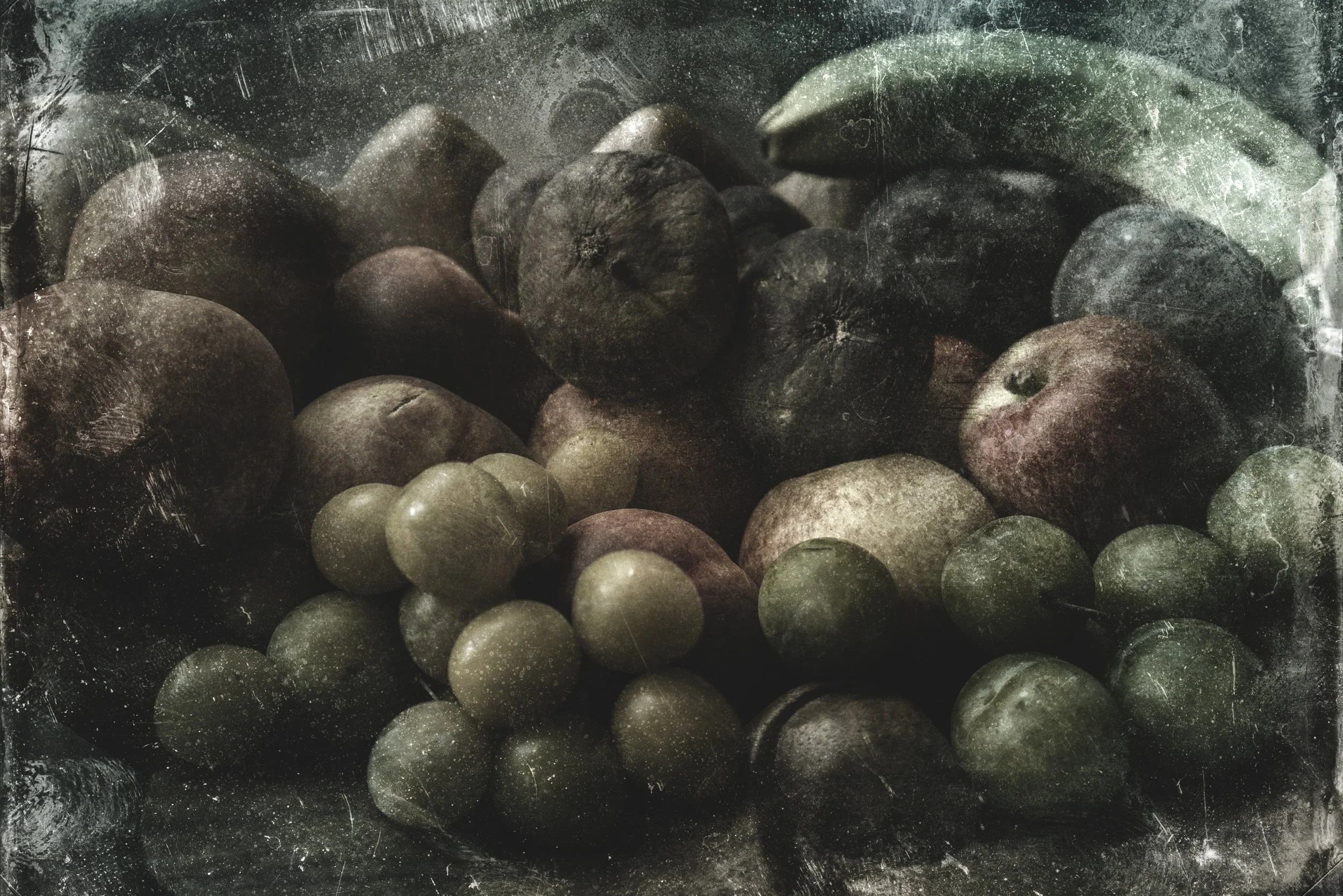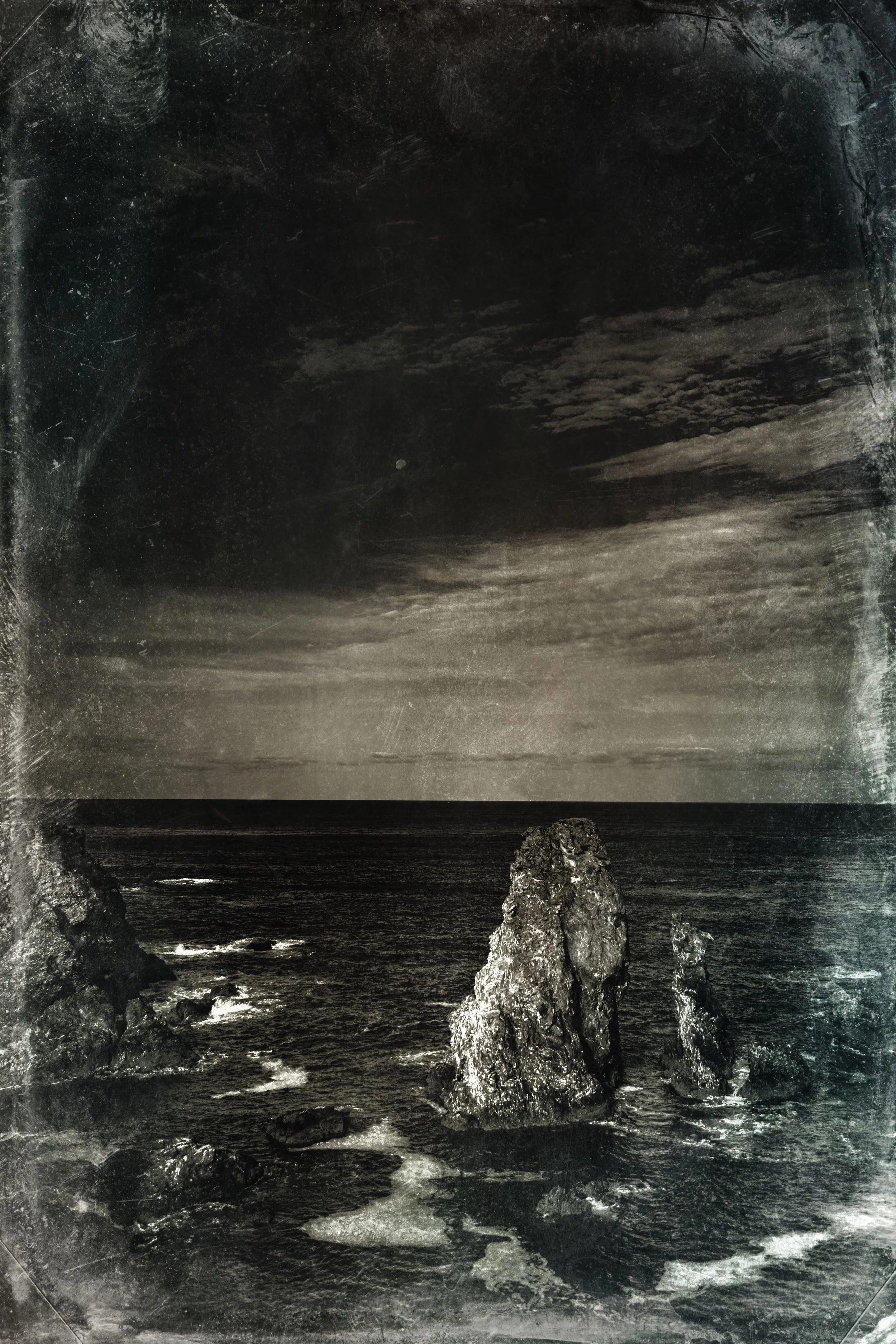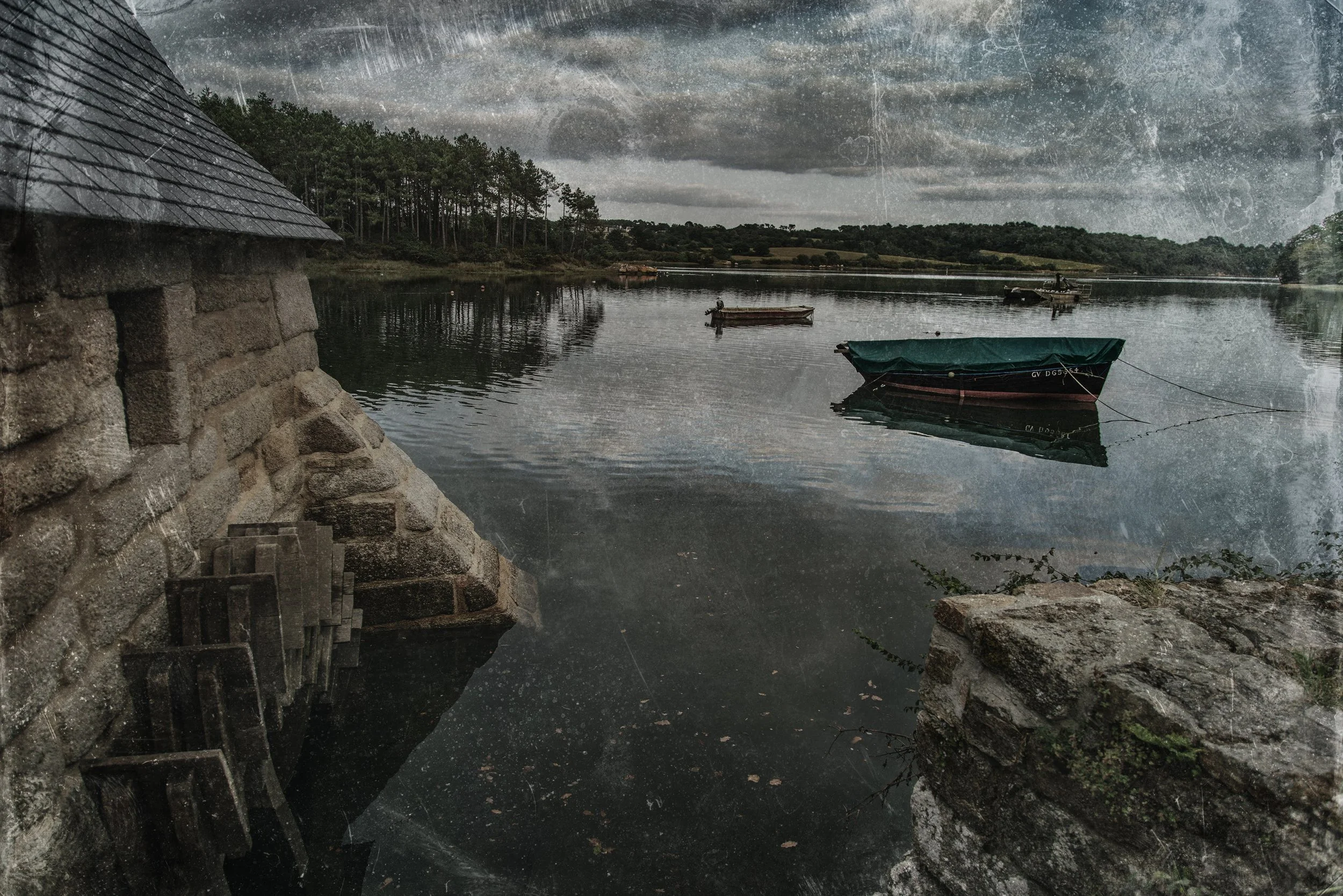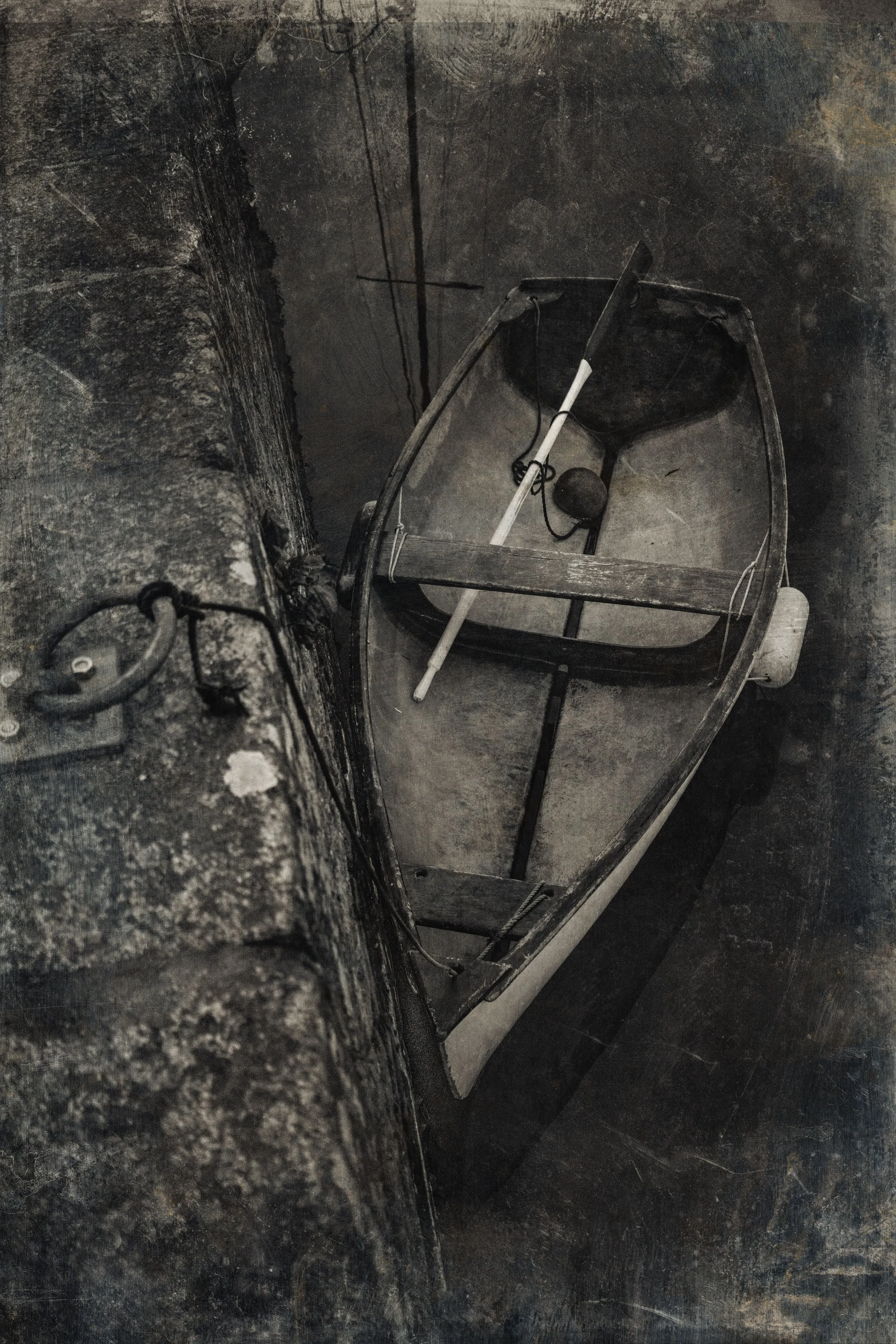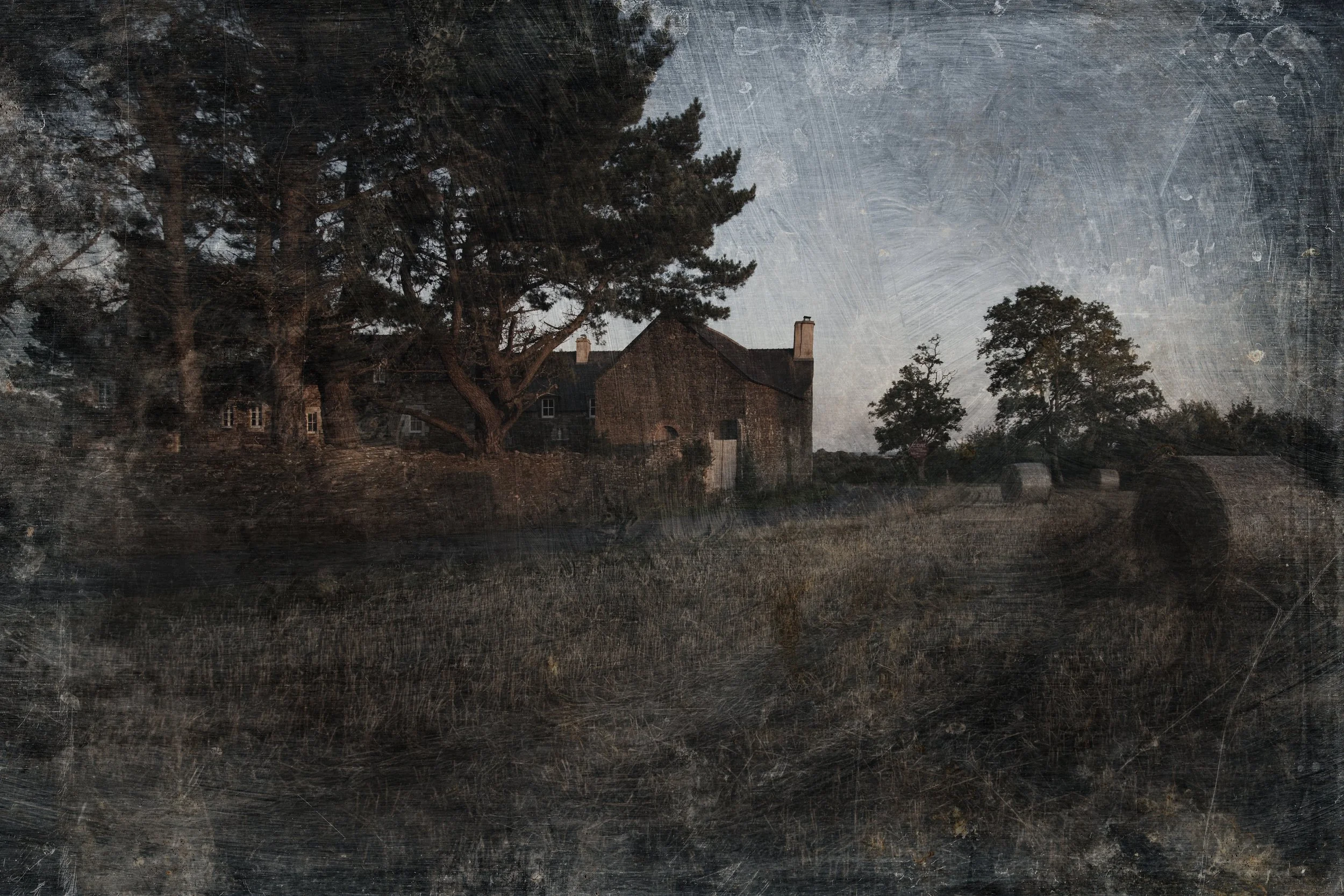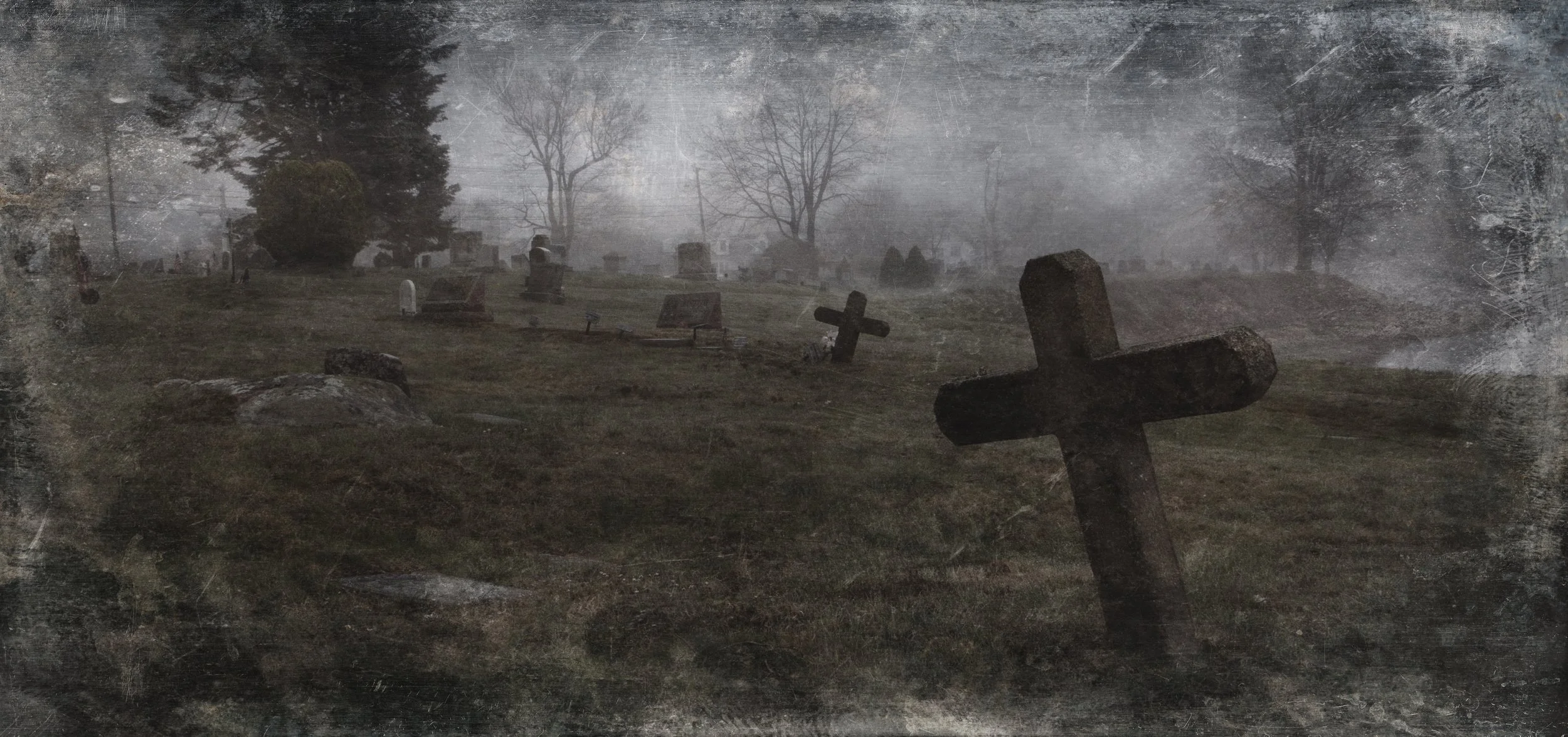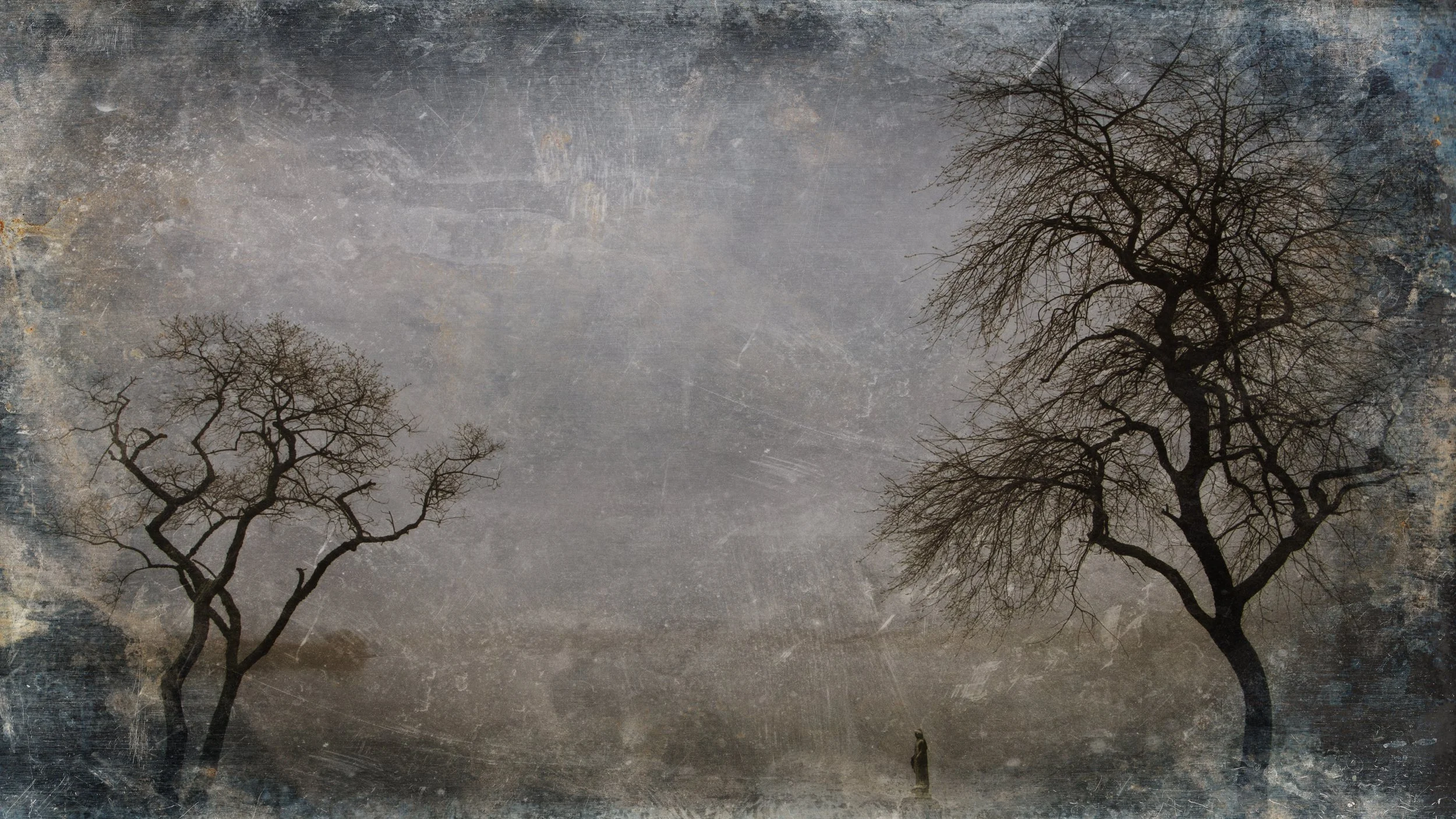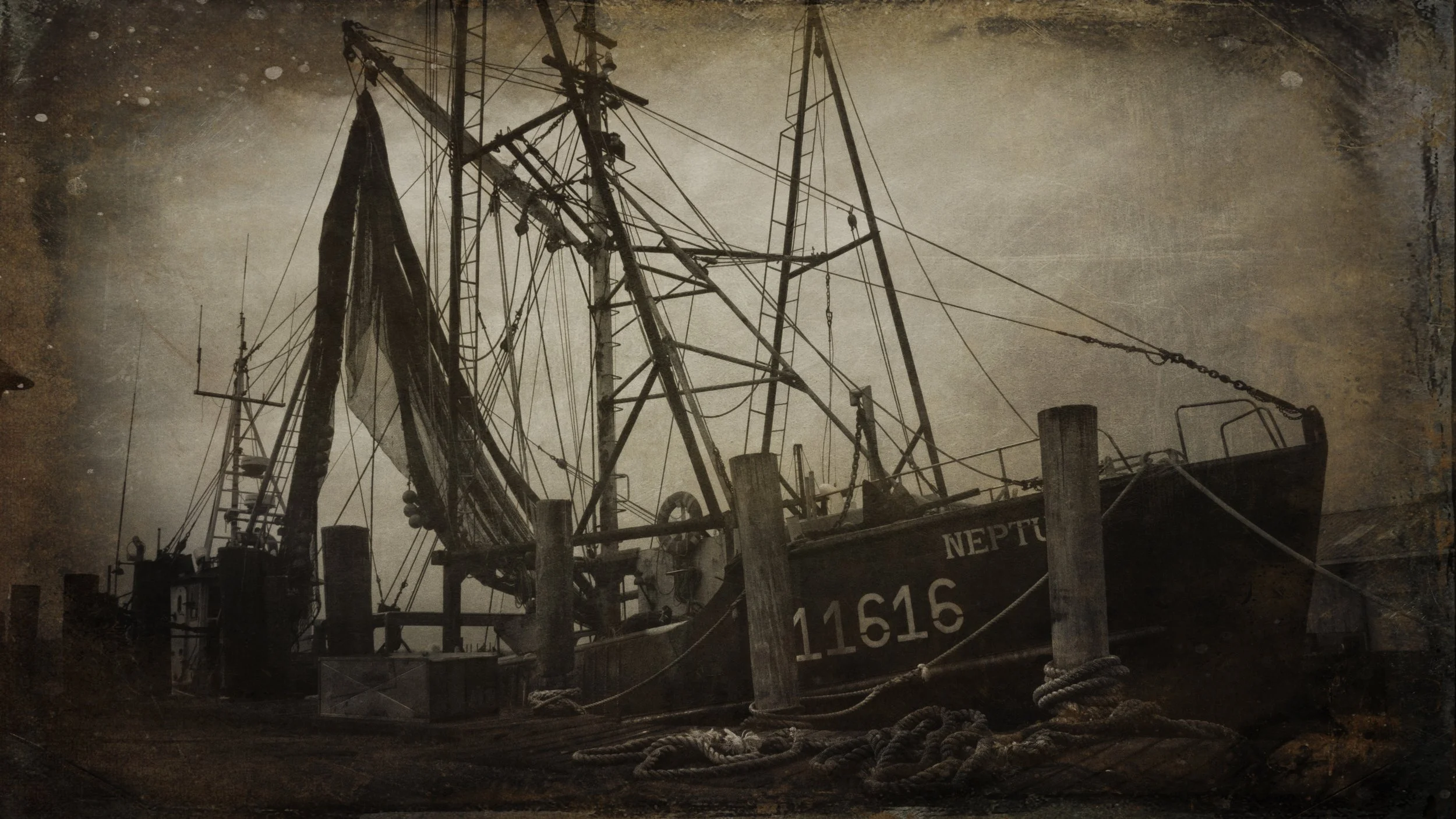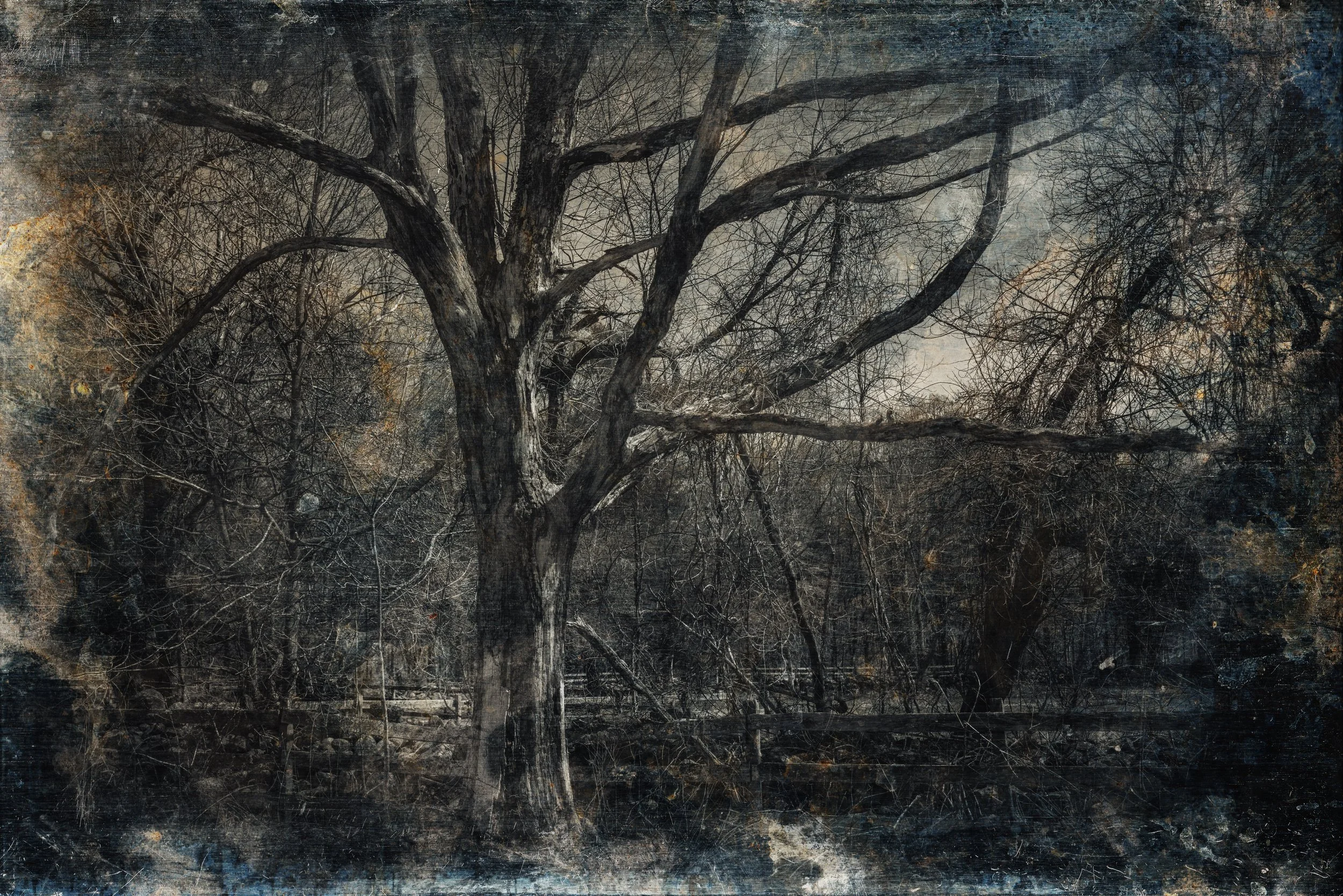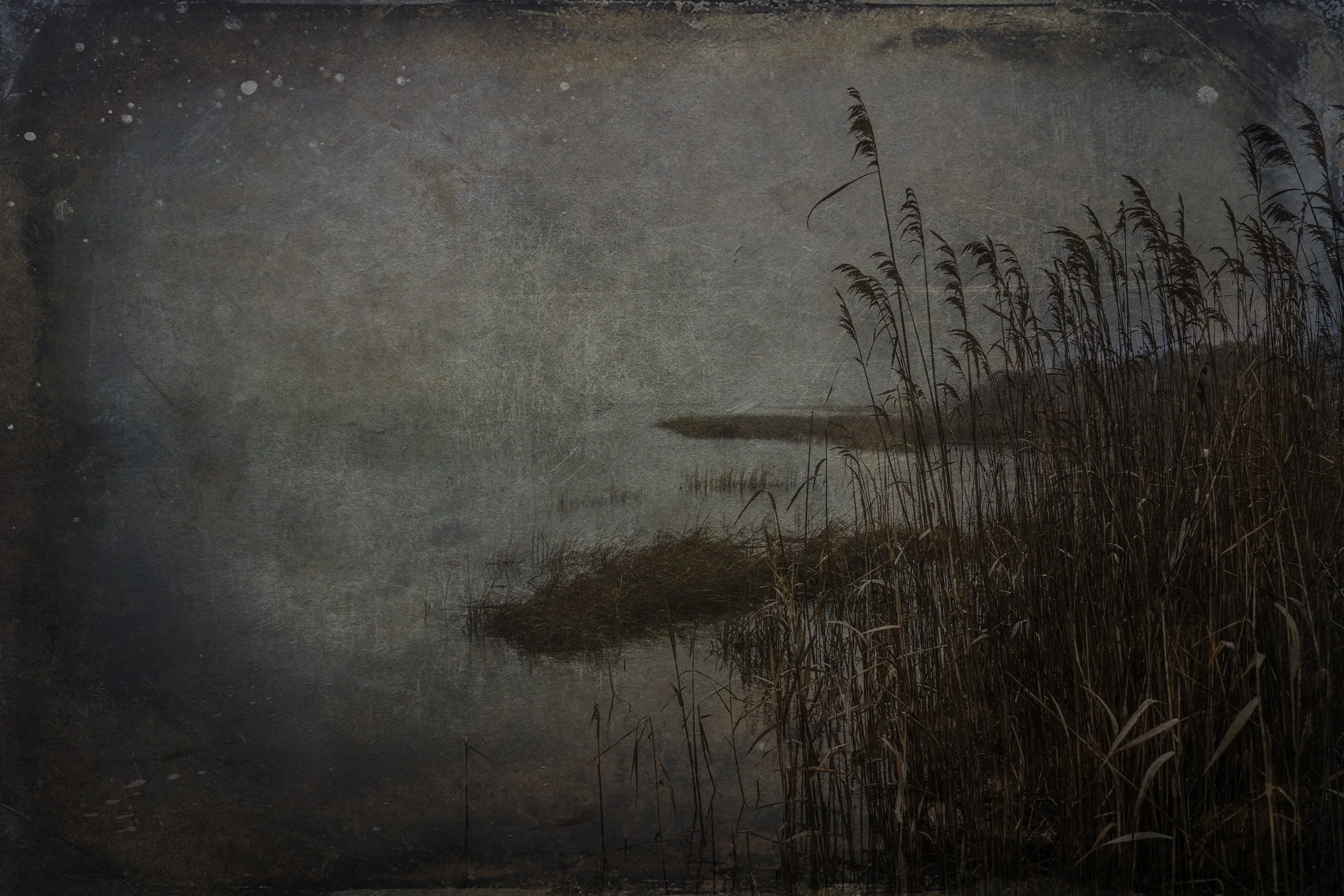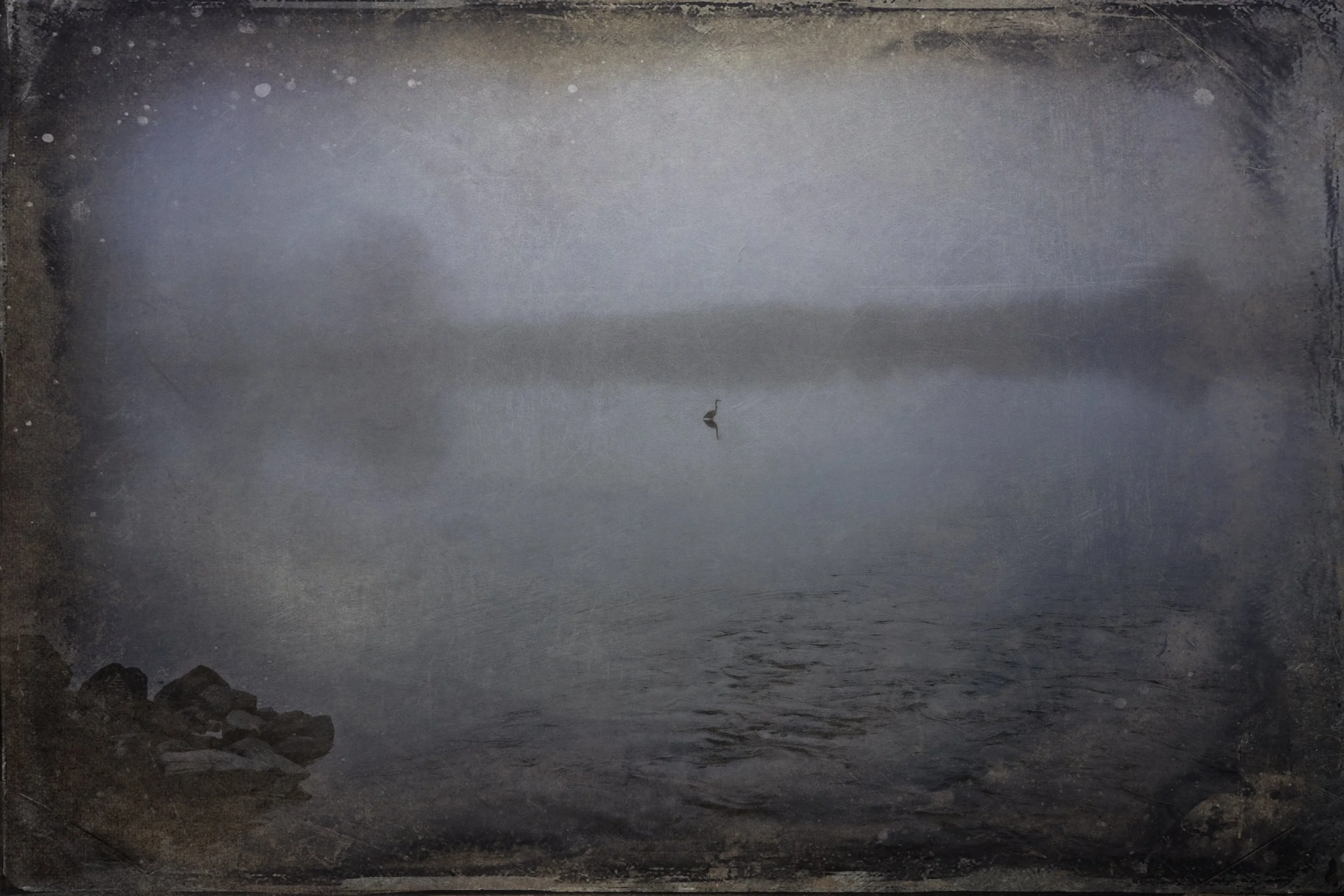Between the Ordinary and the Haunting
A Fabrice Trombert’s landscapes begin in the ordinary street corners, fields, waterlines then the surface slips. A deliberately digital “tintype” mediates each scene, unsettling documentary expectations and suspending the images between photography’s claim to truth and painting’s invitation to fiction. Light is the chief accomplice: less illumination than structure, it opens thresholds and withholds answers, borrowing the tonal logic of film noir—light as lure, shadow as refusal so each frame feels like a story arriving and receding at once.
The tension is intentional. By invoking a 19th-century process to dignify places that would never have warranted such reverence, Trombert seeds doubt and desire in equal measure. The palette nods to Bacon’s chromatic jolt, the geometry to Hockney’s lucid planes, with noir supplying the undertow of the unseen. The work resists neat labels neither pure landscape nor straightforward photograph choosing instead to inhabit an oscillation of trust and suspicion that turns the ordinary extraordinary by unsettling the medium itself.


